

Today, the car is perceived by many as a symbol of personal mobility. Yet it remains unsafe: behind the wheel, drivers are vulnerable to emotions, fatigue, and distraction – leading to mistakes. Autonomous vehicles are gaining popularity due to their safety. Developers of uST transport and infrastructure complexes have followed this path, equipping them with rail-based unmanned vehicles. Let’s explore why the future belongs to autonomous transport.
According to the World Health Organization, over 1.3 million people die in road traffic accidents annually, and around 50 million are injured. In 90% of cases, the cause is human error: speeding, traffic violations, alcohol consumption, phone distractions, or simple fatigue.
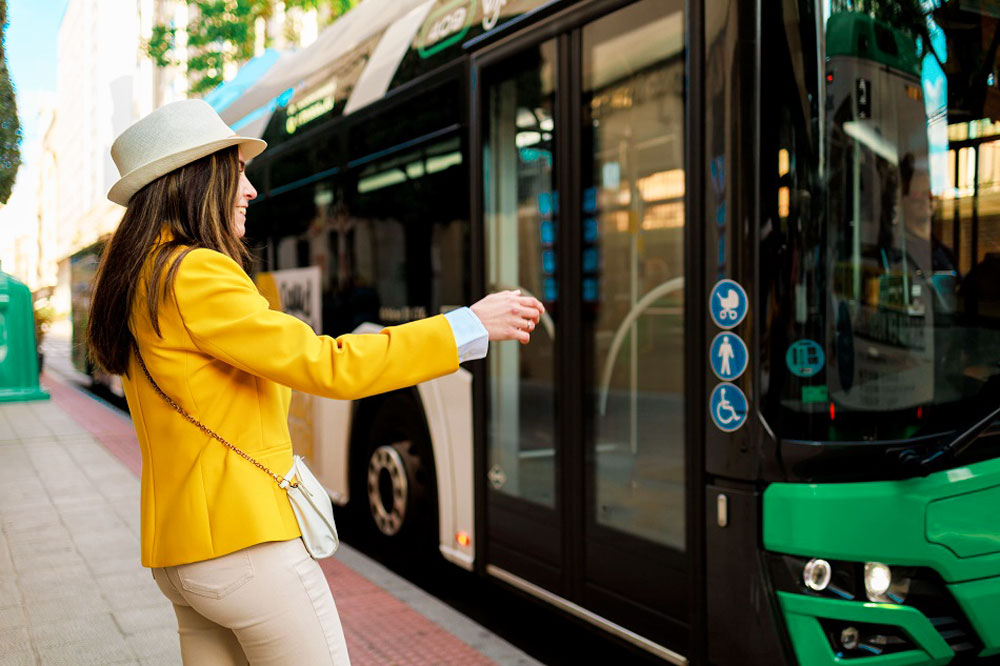
Even the most advanced cars can’t eliminate this issue, as key decisions are still made by the person behind the wheel. No matter how technologically sophisticated, personal vehicles lack disciplinary mechanisms that can guarantee strict compliance with traffic regulations.
Traffic accidents are not just personal tragedies – they cause massive social and economic damage. The World Bank estimates that global economic losses from accidents reach up to 3% of GDP annually. Millions are left disabled, healthcare systems are burdened, and insurance companies raise premiums.
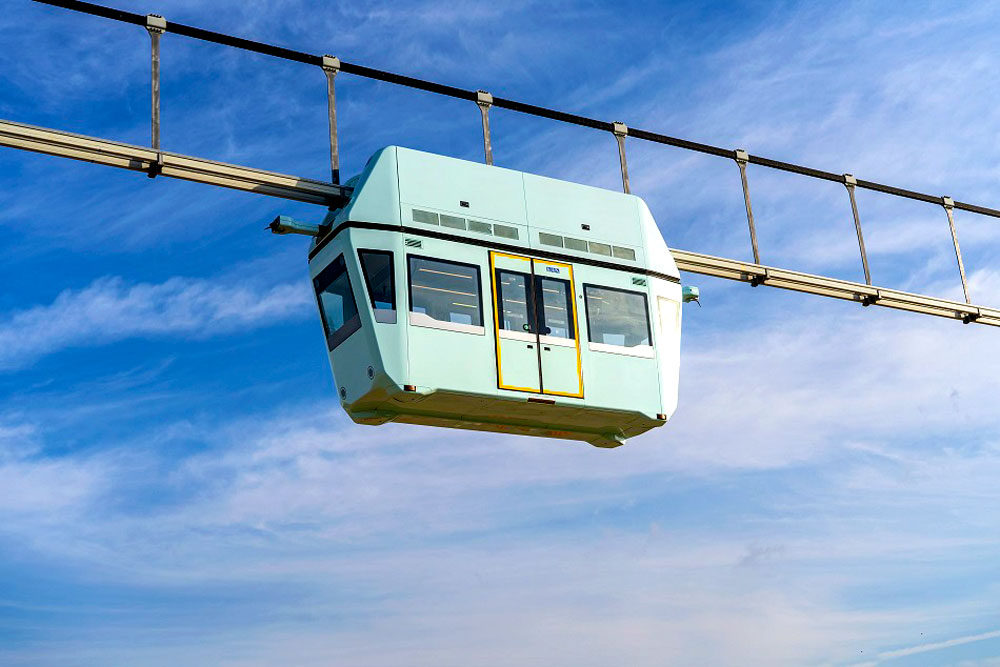
This forces city authorities to invest in expanding highways and installing new control systems due to the lack of discipline on roads, where the “steering wheel + human” combination remains the dominant paradigm.
Autonomous transport addresses this issue on a fundamentally different level. Artificial intelligence doesn’t get tired, distracted, or impulsive. Its algorithms are built on strict compliance with traffic rules and instant response to changing conditions.
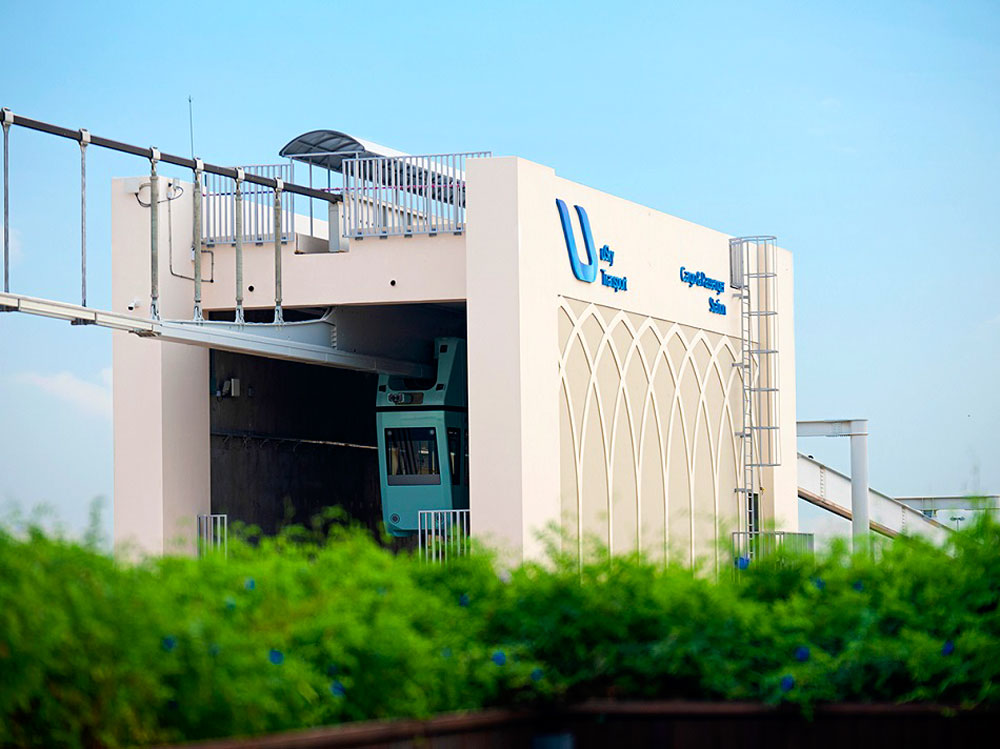
Unlike personal vehicles, autonomous public transport systems offer key advantages: control algorithms that reduce accidents, ensure predictability, and improve energy efficiency. Precise calculations from dozens of sensors typically minimize collision risks. When integrated into urban infrastructure centrally, these systems can follow fixed schedules, reducing fuel consumption.
The uST string rail transport complexes are the clearest embodiment of these principles today. Their vehicles – uPods – are designed from the outset to be driverless. The control system of the transport infrastructure is automated. The uPod’s machine vision system continuously reads data from the track structure, monitors route execution, and instantly reacts to obstacles and threats. This ensures safe and comfortable passenger transport and reliable cargo delivery.
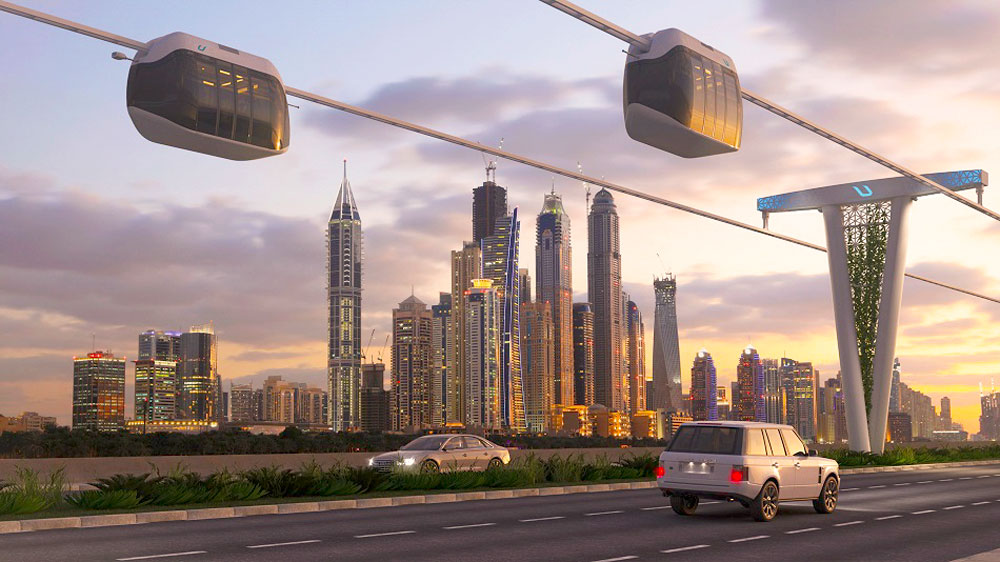
This approach makes UST Inc.’s engineering solutions not just viable but essential for better traffic organization and transport accessibility. Notably, even compared to other autonomous vehicles meant to replace human-operated buses, trams, and metro trains, uST complexes offer several key advantages.
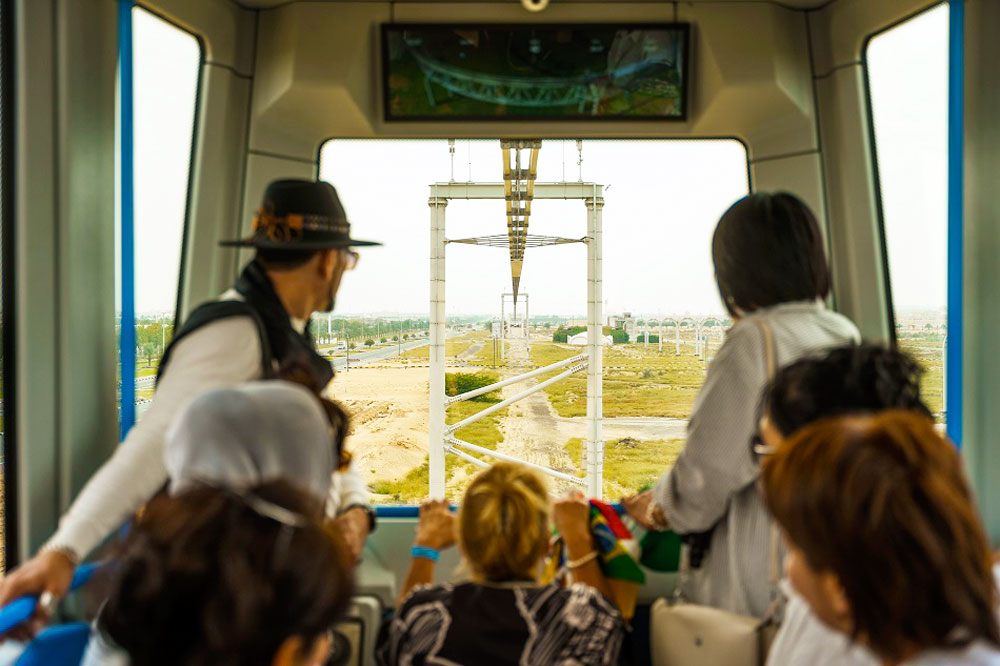
For instance, the string rail track structure eliminates collisions with other vehicles due to its isolation and classification as an above-ground system. The overpass can be laid along optimal routes regardless of terrain complexity, reducing travel time. The system can transport up to 50,000 passengers per hour while maintaining high safety and algorithmic discipline.
Global experts predict that by 2035, up to 40% of new cars will be equipped with full self-driving capabilities. But it’s public autonomous systems like uST that will drive urban transformation. They will create a fundamentally different transport environment where human error is minimized or eliminated entirely. This guarantees a new kind of mobility – safe, sustainable, and predictable.
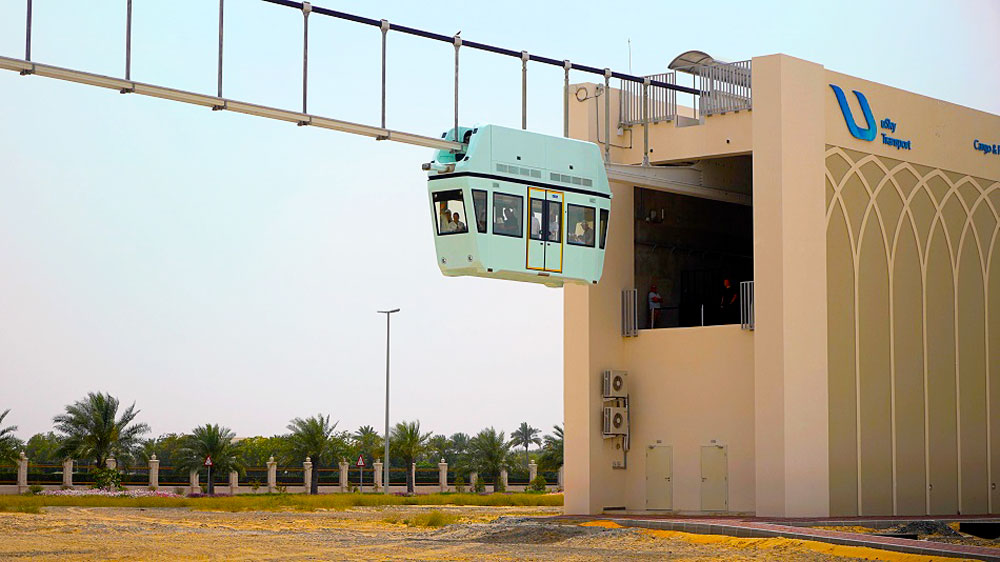
Let’s not forget that driver-operated vehicles still pose risks to others. But UST Inc.’s transport is built on entirely different principles: discipline, speed, and safety. That’s why string transport could become a symbol of a human-friendly environment – free from accidents, traffic jams, and excessive risks.
This form asks for your consent to allow us to use your personal data for the reasons stated below. You should only sign it if you want to give us your consent.
Who are we?
The name of the organisation asking you for consent to use your information is:
Global Transport Investments
Trident Chambers, P.O. Box 146, Road Town
Tortola
British Virgin Islands
We would like to use the following information about you:
Why would we like to use your information?
Global Transport Investments would like to send this information to company registry, inform you about its news, for refund purposes.
What will we do with your information?
We store your name, address, ID Data, date of birth into company registry. We will share your e-mail & phone number with IT Service (https://digitalcontact.com/), SMS Center (http://smsc.ru). They will add your details to their mailing list and, when it is news update, they will send you an email or sms with details. We store your credit card number for possible refunds.
How to withdraw your consent
You can withdraw the consent you are giving on this form at any time. You can do this by writing to us at the above address, emailing us at the address: [email protected] or by clicking on the unsubscribe link at the bottom of emails you receive.
This privacy notice tells you about the information we collect from you when you sign up to receive our regular newsletter via our website. In collecting this information, we are acting as a data controller and, by law, we are required to provide you with information about us, about why and how we use your data, and about the rights you have over your data.
Who are we?
We are Global Transport Investments. Our address is Trident Chambers, P.O. Box 146, Road Town, Tortola, British Virgin Islands. You can contact us by post at the above address, by email at [email protected].
We are not required to have a data protection officer, so any enquiries about our use of your personal data should be addressed to the contact details above.
What personal data do we collect?
When you subscribe to our newsletter, we ask you for your name and your email address.
Why do we collect this information?
We will use your information to send you our newsletter, which contains information about our products.
We ask for your consent to do this, and we will only send you our newsletter for as long as you continue to consent.
What will we do with your information?
Your information is stored in our database and is shared with with IT Service (https://digitalcontact.com/), SMS Center (http://smsc.ru). It is not sent outside of the Euro. We will not use the information to make any automated decisions that might affect you.
How long do we keep your information for?
Your information is kept for as long as you continue to consent to receive our newsletter.
Your rights over your information
By law, you can ask us what information we hold about you, and you can ask us to correct it if it is inaccurate.
You can also ask for it to be erased and you can ask for us to give you a copy of the information.
You can also ask us to stop using your information – the simplest way to do this is to withdraw your consent, which you can do at any time, either by clicking the unsubscribe link at the end of any newsletter, or by emailing, writing us using the contact details above.
Your right to complain
If you have a complaint about our use of your information, you can contact the Information Commissioner’s Office.
Rate and Comment
You can assess the importance of a particular publication and the level of its preparation. Share your opinion in the comments!